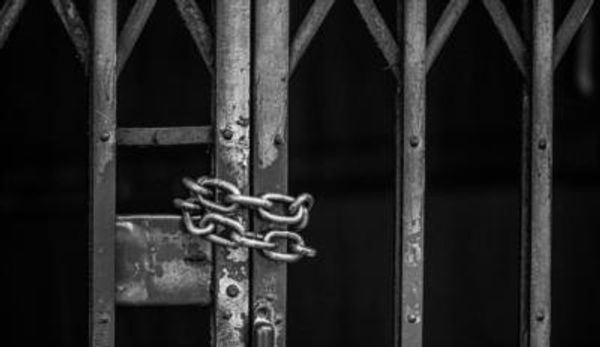
As per the original ground-effect F1 era in the early 1980s, porpoising has returned whereby airflow stalls over the floors and therefore detaches and reattaches itself to the car.
This forces the downforce to breakaway, creating a cycle where cars are pulled into the track surface and then released at higher speeds.
To combat this, teams have experimented with increasing suspension stiffness and lowering ride height, but this causes further extreme bouncing as cars traverse bumps in the asphalt.
It emerged during the Azerbaijan Grand Prix weekend that porpoising had been foreseen to return but teams rejected rule tweaks devised last year that sought to eradicate it.
Hamilton has revealed that these violent motions can subject drivers to up to 10G.
The seven-time champion was notably very ginger extricating himself out of his Mercedes W13 following 51 laps of the Baku City Circuit as he battled back pain.
Asked about race recovery times in 2022, Hamilton said: "There's a lot more bruising after the races nowadays so it's taking you most of the week generally to recover.
"I don't think that generally has anything to do with age. It's just because the bruising can be quite severe.
"When you're experiencing 10Gs on the bounce on a bump, which is what I experienced in the last race, that's a heavy, heavy load on the lower part and the top part of your neck."

Hamilton also revealed he has been experiencing more headaches since the radical change to the cars.
He said: "In terms of micro concussions, I've definitely been having a lot more headaches in the past months, but I've not seen a specialist about it.
"I'm not taking it too seriously; I've just been taking some painkillers."
Having been asked about the strain the rest of the drivers' bodies are being subjected to, Hamilton continued: "I cannot stress more how important health is for us.
"I think we've got an amazing sport here. But the safety has to be the most important thing.
"I definitely feel like I'm a little bit shorter this week. The discs [in my back] are definitely not in the best shape right now.
"That's not good for longevity. There are things that we can do to improve that for all the drivers here… there is no need for long-term injuries."
Ahead of the Canadian GP this weekend, the FIA has announced it will step in - although it will only observe and not intervene in Montreal - via a technical directive to combat porpoising.
This is on the grounds of safety and will come in the form of "closer scrutiny of the planks and skids, both in terms of their design and the observed wear."
Additionally, there will be a "definition of a metric, based on the car's vertical acceleration, that will give a quantitative limit for acceptable level of vertical oscillations.
"The exact mathematical formula for this metric is still being analysed by the FIA, and the F1 teams have been invited to contribute to this process."







